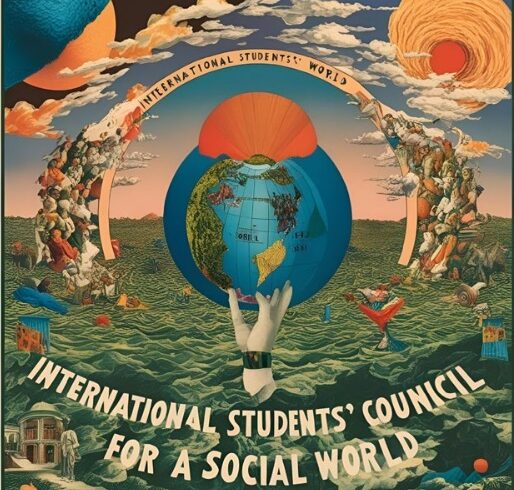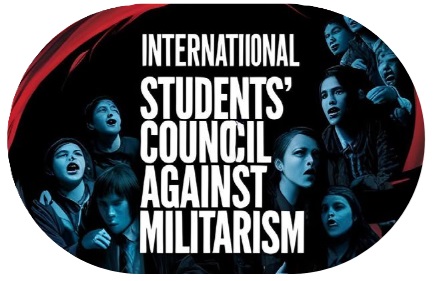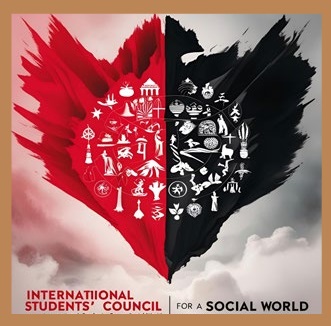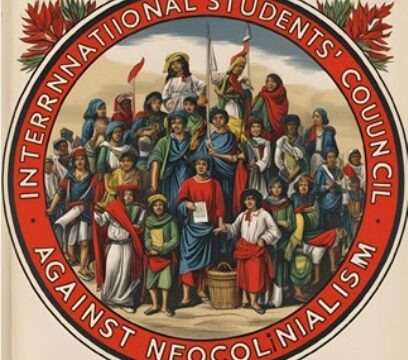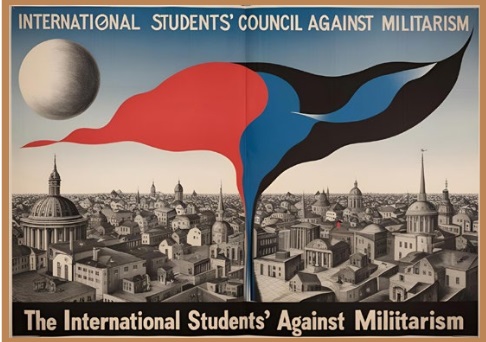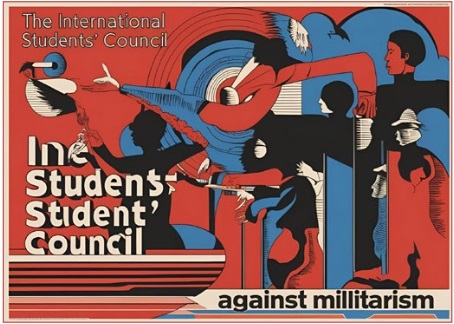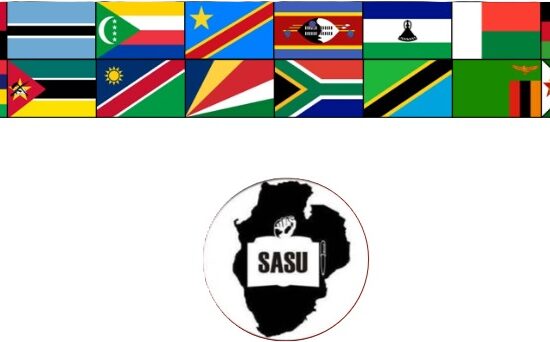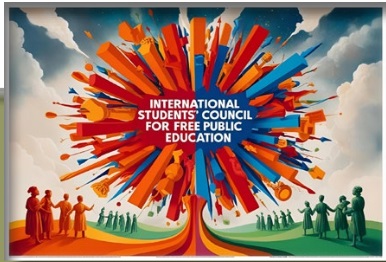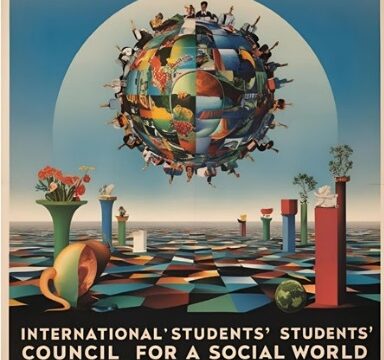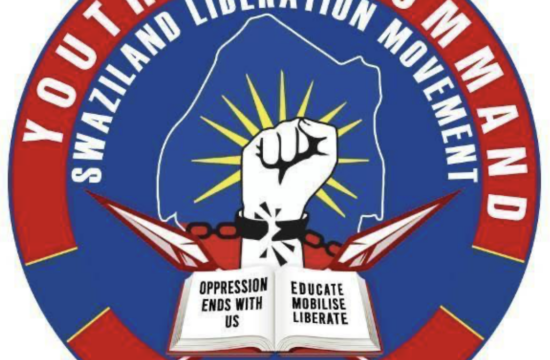Emmanuel SITIMA
Zimbabwe National Students Union (ZINASU)
picture source: Created with AI
To establish a sense of unity among international students from diverse backgrounds, promoting collective identity and mutual support
Advocating for equitable treatment and policies for international students
To celebrate and preserve the cultural diversity of international students
To enhance academic, professional, and personal development opportunities
Creating a harmonious community by addressing conflicts (e.g., discrimination) and promoting inclusivity
Possible Structure of the International Students Council
Assembly, Executive Council, Commission, and specialized committees.
Here’s how the ISC could adapt this:
1. Assembly of the International Students Council
Role: The supreme decision-making body.
Composition: All active member of the ISC (international students), with voting rights to approve major decisions, elect leaders, and set annual goals.
Function: Meets once or twice a year to discuss the council’s direction, approve budgets, and adopt resolutions (e.g., advocating for lower fees or better housing).
Leadership: Chaired by the ISC President, elected from the membership.
2. Executive Council
Role: Manages the ISC’s day-to-day operations and implements Assembly decisions.
Composition: A smaller leadership team, including:
President: Oversees the council and represents it externally.
Vice President: Assists the President and may focus on specific regions or issues.
Secretary-General: Handles documentation, communication, and meeting coordination
Treasurer: Manages finances and fundraising efforts.
Regional Representatives: Elected from key geographic groups (e.g., Africa, Asia, Europe, Americas, etc.), ensuring diverse voices.
Function: Meets regularly (e.g., monthly) to plan events, address urgent issues, and monitor progress on objectives.
3. ISC Commission
Role: The operational and administrative arm.
Composition: Appointed or volunteer committee leaders overseeing specific portfolios:
Commissioner for Cultural Affairs: Organizes cultural events and exchange programs. Commissioner for Advocacy and
Welfare: Leads campaigns and support services for students. Commissioner for Academic and
Professional Development: Coordinates workshops, internships, and academic resources.
Commissioner for Peace and Inclusion: Mediates disputes and promotes a welcoming environment. Commissioner for Communications: Manages publicity, social media, and outreach.
Function: Each commissioner heads a committee of volunteers, reporting to the Executive Council and implementing Assembly decisions.
4. Permanent Representatives Committee (PRC)
Role: A consultative body, ensuring continuous input from the broader membership.
Composition: Representatives from different nationalities, academic programs, or campuses (if multi-institutional), acting as liaisons between the general membership and leadership.
Function: Meets before Assembly sessions to review proposals, gather feedback, and advise the Executive Council.
5. Specialized Technical Com- mittees (STCs)
Role: Task forces addressing specific issues.
Examples: Committee on Visa and Immigration: Researches and advocates for better visa policies.
Committee on Scholarships and Funding: Identifies financial aid opportunities.
Committee on Mental Health: Develops peer support or counseling initiatives.
Function: Formed as needed, with members drawn from the general body or appointed by the Executive Council.
6. International Student Summit
Role: An annual flagship event bringing together all members.
Function: Features cultural show-cases, keynote speakers (e.g., alumni or faculty), and workshops, culminating in the Assembly meeting to set the next year’s agenda.
7. Advisory Board
Role: Provides guidance and legitimacy.
Composition: Faculty, staff, or alumni with expertise in international student affairs.
Function: Offers mentorship and helps connect the ISC with institutional or external resources. Operational Framework
Decision-Making: Major decisions (e.g., policy changes) require a majority vote in the Assembly, while the Executive Council handles routine operations.
Elections: The President, Vice President, and Regional Representatives are elected annually by the Assembly; Commissioners may be appointed by the Executive Council.
Funding: Modeled on the AU’s mix of contributions, the ISC could rely on membership dues, institutional grants, and fundraising events (e.g., cultural fairs).
Meetings: Assembly meets 1-2 times yearly, Executive Council monthly, and Commission committees as needed.

